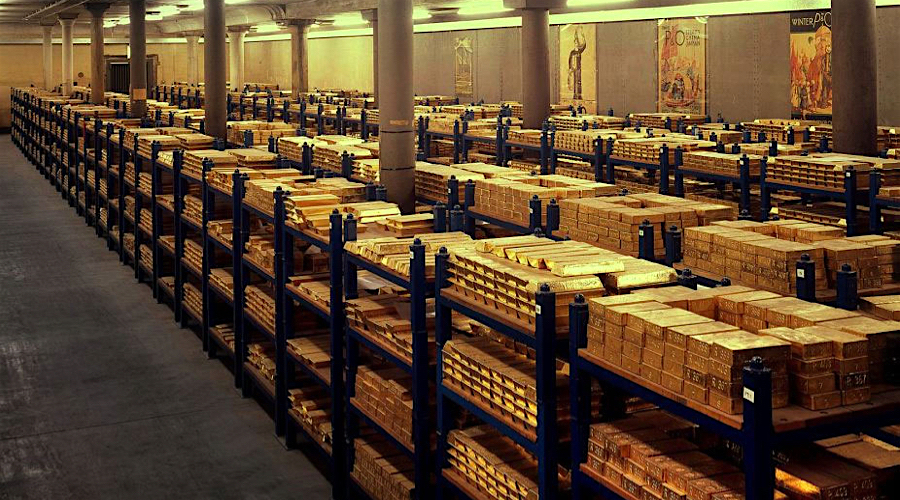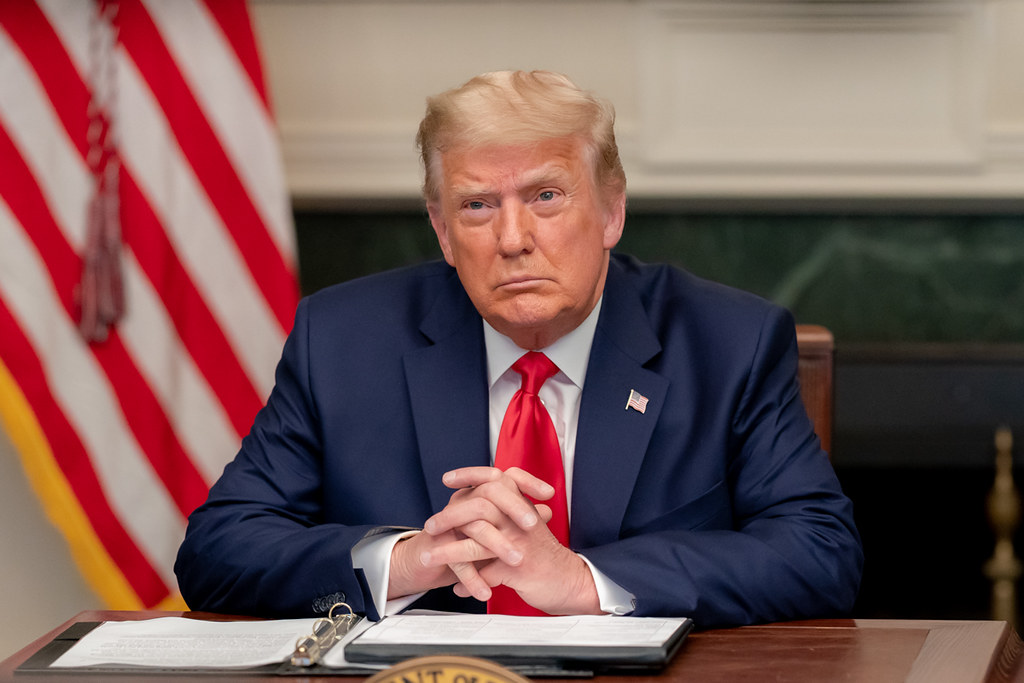Gold at BOE commands high premium, signaling central bank buying

Gold stored at the Bank of England has been selling for unusually high premiums recently, signaling that central banks may be back in the market buying.
The gold in the Bank of England’s London reserves — one of the largest stashes of bullion in the world — is stored and sold on behalf of other central and commercial banks as opposed to being owned by the BOE itself. It usually trades within a few cents an ounce of gold held at other London vaults run by commercial banks such as JPMorgan Chase & Co.
But in the past week, gold sold from the BOE has traded for as much as 50 cents above benchmark London prices, according to bullion traders. These premiums are at least in part being driven by buying from the Bank for International Settlements, which regularly trades gold on behalf of the world’s central banks, a person with direct knowledge said, asking not to be identified because the information isn’t public.
The BIS bought as much as 1 million ounces of BOE metal from various commercial banks at a premium of 30 to 40 cents recently, one person said. The premium for gold at the BOE rose to as much as 50 cents an ounce late last week before tapering off to about 20 to 40 cents, according to bullion traders. That compares with a range of zero to 20 cents during normal circumstances, the traders said.
The BIS didn’t immediately return an email and voicemail seeking comment.
The buying may be a sign that one or several central banks are increasing their gold reserves, bullion traders said.
Gold rally
Central banks helped underpin gains in gold prices for most of the last decade, but flipped to net sellers in the third quarter of 2020 as some countries cashed in on surging prices. Renewed buying could help sustain a rally in gold, which on Tuesday recovered all its losses so far this year. The metal is on the way to its biggest monthly gain since July as investors fret about inflation and Federal Reserve officials signal steady monetary policy for now.
Since prices dropped early this year, at least some central banks have returned as buyers. In the past, sovereign lenders have bought gold to diversify their portfolios away from the U.S. dollar to safeguard their finances amid concerns over the Fed’s ultra-loose monetary policy, massive U.S. government spending and inflationary pressures.
Last month, the Bank of Thailand raised its gold holdings to 6.35 million ounces from 4.95 million ounces in March, according to data from the International Monetary Fund website. In March, Hungary tripled its gold reserves in one of the biggest purchases by a central bank in decades. Data from the World Gold Council showed global central banks were net buyers of gold in February, led by India, which bought 11.2 tons.
(By Yvonne Yue Li and Jack Farchy)
More News
{{ commodity.name }}
{{ post.title }}
{{ post.date }}

Comments